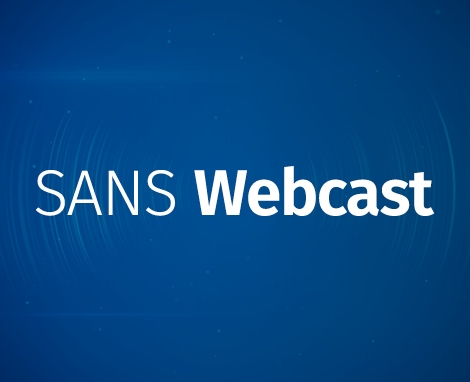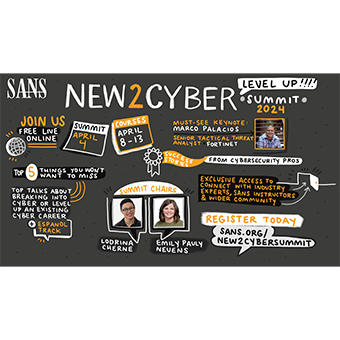พากย์เป็นภาษาไทย
เมื่อย้ายระบบขึ้นไปบนคลาวด์ รูปแบบของข้อมูลเกี่ยวกับกิจกรรม (โดยเฉพาะอย่างยิ่งเกี่ยวกับการบริหารจัดการระบบ) จะถูกเปลี่ยนแปลงไปซึ่งทีม Security ต้องระบุ, จัดเก็บ และประมวลผลเพื่อหาภัยคุกคามที่เป็นไปได้ การบรรยายนี้จะพูดถึงวงจรชีวิตของ กิจกรรมเกี่ยวกับ Management plane ในคลาวด์ สิ่งจะช่วยให้เราสามารถระบุภัยคุกคามต่อทรัพยากรในคลาวด์ได้อย่างมีประสิทธิภาพ มาถึงจุดนี้ทีมส่วนใหญ่พึ่ง Security analyst และทีม Incident Response ในการตรวจจับและตอบสนองต่อภัยคุกคามโดยวิเคราะห์จาก log จำนวนมหาศาล เทคโนโลยี Serverless ที่พัฒนาโดยผู้ให้บริการคลาวด์ ที่ถูกพัฒนาโดยมีจุดประสงค์หลักสำหรับช่วยทีม Operation ซึ่งทีม Security สามารถนำมันมาใช้ตรวจจับและตอบสนองต่อภัยคุกคามหลายรูปแบบในคลาวด์ได้ การบรรยายนี้จะแสดงให้เห็นว่าเราสามารถใช้ประโยชน์จากเทคโนโลยี Serverless ที่มีประสิทธิภาพ, สามารถขยายเพิ่มเติมได้ และคุ้มกับราคา เพื่อตอบสนองต่อการโจมตีได้อย่างรวดเร็ว
English
When shifting workloads to the cloud, event data (management events in particular) will take on new forms that security teams will need to identify, store, and process to discover potential threats. This talk begins by stepping through the overall lifecycle of management plane events in a cloud environment. This will help us more effectively identify threats targeting cloud resources. But what about response actions? Up to this point, many teams are relying on their security analysts and incident response teams to identify and react to threats identified amongst massive amounts of log data. Serverless technologies brought to us by cloud vendors, which are primarily designed to help operations teams, also allow defenders to identify and react to various threats in cloud environments. This session will show you how to leverage this efficient, scalable, and cost-effective serverless technology to respond quickly to adversarial activity.
*You can also register to view this webcast recording in English
View English Recording >




